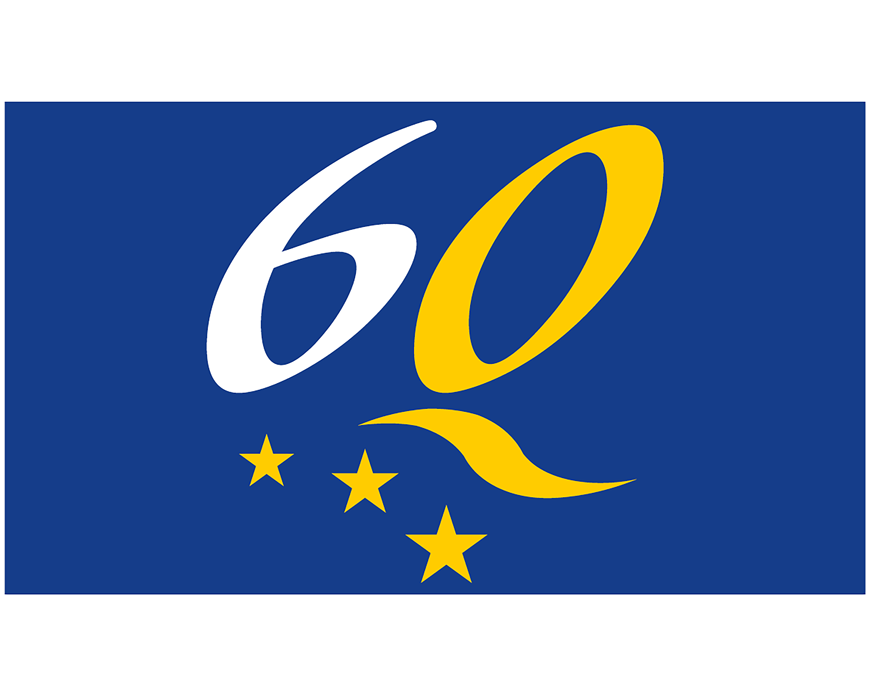Terms and conditions for EDQM SDS and their use
Safety data sheets (SDS)
The EDQM protects public health with quality standards for safe medicines and their safe use. See EDQM Vision, Mission & Values for more information. The use of substances of high concern is avoided in these quality standards; notably in the European Pharmacopoeia monographs. In the interest of patient health, the EDQM supplies chemicals that, in some cases, may be of very high concern. They are for scientific research and development only [1].
To ensure regulatory compliance as a downstream user, the EDQM has classified reference standards in accordance with Regulation (EC) No 1272/2008 and supplies safety data sheets (SDS) for hazardous substances and mixtures in accordance with article 31 and annex II of Regulation (EC) No 1907/2006, as amended.
Terms and conditions
Under no circumstances should the EDQM SDS be used to determine any characteristics of the substances and mixtures other than those intended by applicable chemical legislation, in particular REACH Regulation (EC) No 1907/2006.
In no event shall the Council of Europe (EDQM) be liable for any lost profits, loss of use, costs of procurement of substitute goods or systems, or for any indirect, special, incidental, punitive, or consequential damages, however caused and, whether in contract, tort or under any other theory of liability.
In no event shall the Council of Europe (EDQM) be liable for any damage caused by the use of the SDS outside their scope.
As far as possible, the EDQM aligns the SDS information with the relevant monograph and not with Reference Standard batches, unless the SDS information affects the hazard classification. For example, different hydration degrees and, consequently, different CAS numbers alone do not justify an SDS revision. The SDS do not replace monographs, leaflets, summary of product characteristics (SmPC), periodic safety update reports (PSUR), etc.
- The EDQM is a downstream user and obtains classification raw data mostly from the suppliers. The EDQM Secretariat carries out verification to ensure consistency. With the exception of classification taken from annex VI to Regulation (EC) No 1272/2008, the authorities of member states have not verified the classifications.
- Most impurities do not have safety data and, under these circumstances, they are classified as being at least as dangerous as the substances they are related to.
- The EDQM can provide SDS in the official languages of the Council of Europe, i.e. English and French. For dangerous substances, SDS in some other member state languages can also be provided, but the translated versions have not been verified.
- Compliance with any national requirements is not guaranteed and remains the responsibility of downstream users.
- The EDQM carries out risk assessments in the setting of the EDQM laboratory, but only for the applicable quantities and uses. This provides the basis for the exposure prevention recommendations of section 8 of SDS. Downstream users are responsible for assessing the risks of any uses of the products in their own settings. The EDQM SDS information is not applicable to materials from other sources, particularly from large-scale processing.
- The EDQM does not issue SDS for harmless materials (e.g. herbals, cotton wool) unless new data arises or an amendment to the legislation later justifies chemical classification.
Any other interpretation and use is the sole responsibility of users.
[1] As defined in article 3(23) of Regulation (EC) No 1907/2006 and article 2(30) of Regulation (EC) No 1272/2008, and fulfilling the conditions of Annex I to Regulation (EU) No 487/2013 paragraph 1.5.2.4.1.



